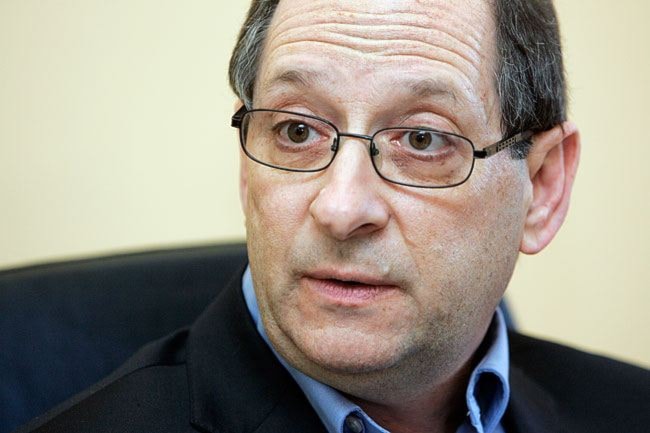Yukon’s Education Department must come up with hard targets to improve the territory’s graduation rates, says Liberal Leader Arthur Mitchell.
“If you were running an ambulance service or a hospital and six out of 10 patients died, I don’t think you’d sit there and say, ‘We’re going to study it, we’re going to analyze it, we’re going to come up with a new brand, a new study, and we’re going to have another book sitting up on that shelf,’” said Mitchell.
“You’d say we’ve got to do something because we’re losing patients. Well, we’re losing students.”
Only 63 per cent of Yukon students graduate, according to a report by Canada’s auditor general released in February. That’s far below the national average of 75 per cent.
The graduation rate for Yukon’s First Nation students is far worse, at only 40 per cent.
This is unacceptable, said Mitchell.
“It’s not students that are failing. It’s government that is failing,” he said.
“It’s a failure if one-third of the kids at Yukon College are back there doing high school.”
Education officials note a big gap in school performance between aboriginal and other students exists across Canada. A similar gap is also found between rural and urban communities.
What’s less clear is the department’s plan to improve the situation - hence Mitchell’s crack about its preoccupation with studies and plans.
Education Minister Patrick Rouble “needs to pull up his socks or someone else needs to try it,” said Mitchell, during a pre-session news conference on Tuesday.
His comments ranged from the territory’s investments in asset-backed commercial paper to long-delayed plans to build a new prison in Whitehorse by 2011. Expect to also hear a lot about Yukon’s flaky power supply.
David Morrison, CEO of Yukon Energy, has indicated the replacement of aging infrastructure should have begun six years ago, said Mitchell.
That may explain “why the lights turn off every 10 days,” he said.
If old equipment isn’t replaced before the territory’s two electrical grids are connected, “one of the first things we’ll see is the first-ever Yukon-wide power outage, because the system will cascade all the way through,” said Mitchell.
And unless future power sources are found, the pollution produced by new mines will likely wipe out any energy-efficiency gains made by Yukon residents, he said.
Yukon’s thirst for hydro-power exceeds our supply during the winter months. Yukon Energy makes up for the shortfall by burning diesel.
The territory’s solution is a proposed expansion of the Mayo hydro-electric dam.
But this is the “easy” solution, said Mitchell. It doesn’t require any dramatic changes in how power is being delivered. And it won’t be able to meet future demand for electricity when a few more big mines go online.
“If they’re going to burn coal to generate massive amounts of power for a large mine that’s off the grid, it doesn’t matter how many better fridges we all go out and get for $100 off.
“The net effect on Yukon is going to be very negative.”
Potential solutions include micro-hydro projects as well as wind and geothermal power. The territory says it is exploring these options. But Mitchell wants to see results.
“We’ve had the same two turbines for the last, what, 15 or 20 years, sitting on top of Haeckel Hill. God knows. We need to stop sitting there and saying this is an experiment,” said Mitchell.
“There are fields of wind turbines in places. You can’t tell me we can’t, in Yukon, come up with the right dynamic for generating power from wind.”
Contact John Thompson at
johnt@yukon-news.com.
